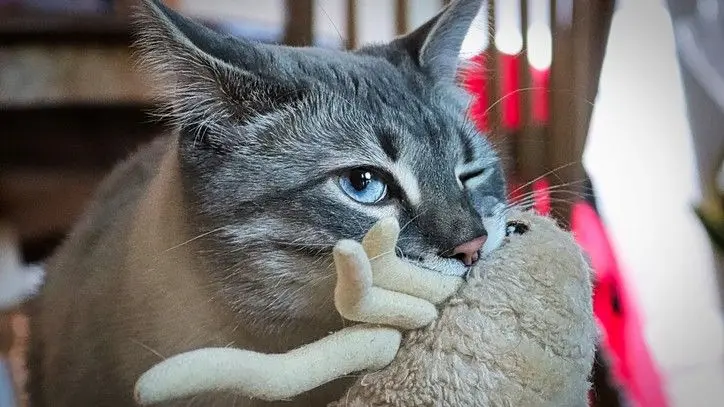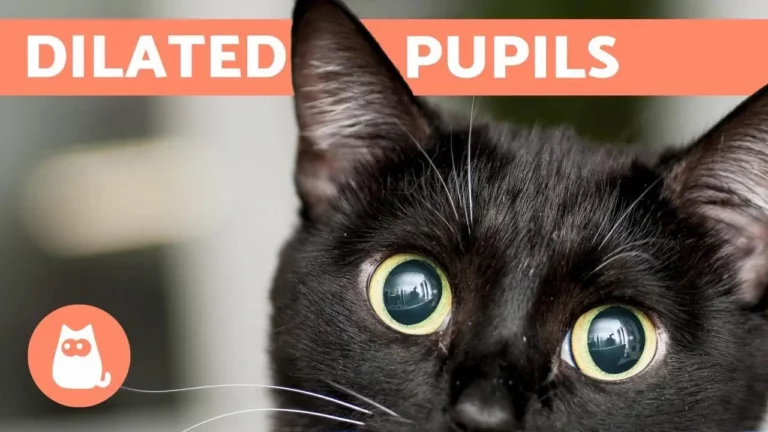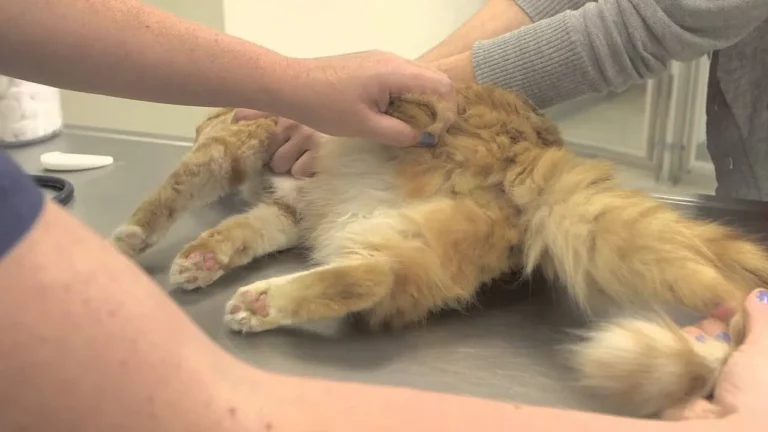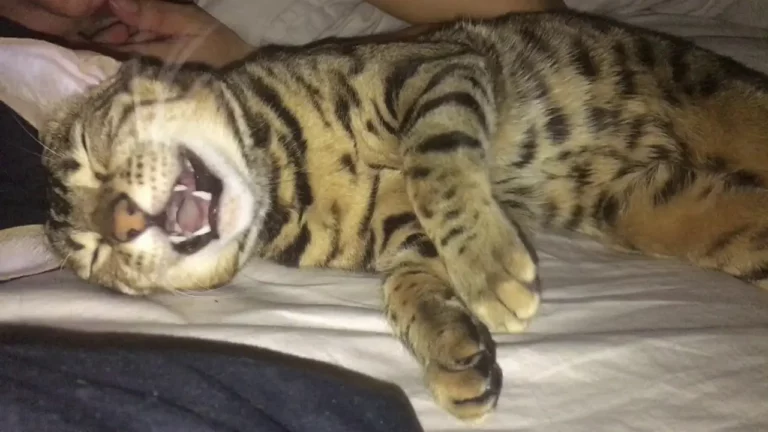5 Ways To Find a Missing Cat Quickly!
When your
Start by thoroughly scouring your home, looking under beds, inside closets, and in any small spaces where your
Once you’ve ruled out the indoors, head to local shelters with a photo and detailed description, and make sure to follow up regularly.
Social media can be a powerful tool, allowing you to reach a broader audience quickly. Don’t forget to create eye-catching flyers for your neighborhood.
Lastly, consider modern tracking methods like GPS or microchips to boost your chances. Curious about how to implement these steps effectively?
Search Your Home Thoroughly
Start by checking every nook and cranny in your home where your
Look under beds, inside closets, behind furniture, and even in small spaces like boxes or laundry baskets.
Open cabinets and drawers—cats can squeeze into surprisingly tight spots. Don’t forget to check high places like shelves or the tops of cabinets.
Use a flashlight to peer into dark corners and behind large appliances.
Sometimes, a frightened or injured
Call your
If your
Keep your search thorough and systematic, moving from room to room. Close off areas you’ve already searched to prevent your
Check Local Shelters
When searching for your missing
Visit nearby shelters in person if possible, as this allows you to provide a detailed description and even show a photo of your
Sometimes, shelters mightn’t recognize your pet from a verbal description alone, so seeing them in person can make a difference.
Call the shelters and ask if they’ve received any cats that match your pet’s description.
Provide specific details like their color, size, and any unique markings or characteristics. Be sure to leave your contact information with the shelter staff in case your
Additionally, many shelters have websites or social media pages where they post photos of found animals.
Regularly check these online resources to see if your
Don’t just rely on one visit or call; continue to check back frequently. Persistence is key.
Use Social Media
In addition to checking local shelters, harness the power of social media to widen your search for your missing
Include a compelling photo of your
Ask your friends and followers to share your post; the more people who see it, the better your chances of finding your
Join local community groups on Facebook or neighborhood apps like Nextdoor.
These platforms are great for spreading the word quickly within your immediate area.
Post your
Create an engaging and informative post. Use phrases like ‘Please Help Find My Missing
Engage with people who comment on your posts; they may have valuable information or suggestions.
Stay positive and persistent—your
Create and Distribute Flyers
Creating and distributing flyers can greatly enhance your chances of finding your missing
Start by making a clear, eye-catching flyer that includes a recent photo of your
Include your contact information, such as a phone number or email, so people can reach you easily if they spot your
Print multiple copies of the flyer and distribute them around your neighborhood.
Place them on community bulletin boards, at local businesses, and in high-traffic areas like grocery stores, libraries, and parks. Don’t forget to ask for permission before posting them on private property.
Additionally, consider handing flyers directly to neighbors or anyone you see out walking their dogs, as they’re more likely to notice a wandering
Keep a stack of flyers with you at all times, and update them regularly if needed.
The more people who see your flyer, the higher the likelihood someone will recognize your
Utilize Tracking Technology
Why not take advantage of modern tracking technology to enhance your chances of finding your missing
One of the most effective tools is a GPS tracker, which you can attach to your
These devices allow you to monitor your
If your
Microchipping is another essential tracking method.
A microchip is a small device implanted under your
When a lost
Additionally, consider using Bluetooth trackers.
These small devices emit a signal that can be picked up by nearby smartphones with the tracking app installed.
While their range is limited compared to GPS trackers, they can still be helpful in dense neighborhoods or apartment complexes.
Incorporating these tracking technologies increases the likelihood of a swift reunion with your beloved pet.
Conclusion
Finding your missing
Start by searching your home thoroughly, then check local shelters regularly.
Use social media to spread the word, and create eye-catching flyers to distribute in your neighborhood.
Finally, consider tracking technology like GPS or microchipping.
Stay persistent and positive, and you’ll increase the likelihood of bringing your beloved pet back home safely.






